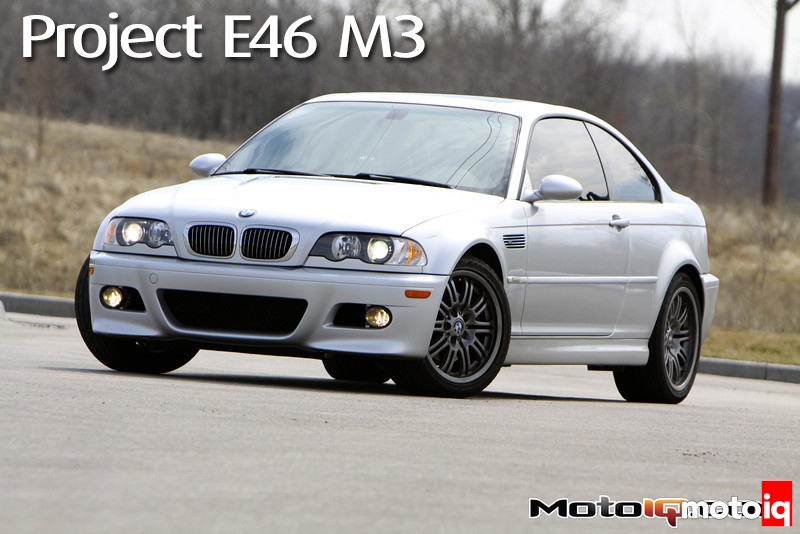,
 |
| While replacing our spark plugs I found an opportunity to snag Modified by KC's engine bore scope and took a peak at the pistons. They all seemed to be looking in good condition. |
 |
| Also, with spark plugs out it's a good opportunity to check the healthiness of the motor with a quick compression check. You want to see all the numbers close to the same, indicating good combustion chamber seal. With such a strong baseline we knew things were fine but we checked anyway. Four cylinders registered exactly 170 PSI and the other two registered 165 PSI and 175 PSI. A 6% total variance is good. |
 |
| Replacing the fluids, filters and spark plugs has always averaged me a handful of horsepower, and I've tested several cars. Today, the gains weren't as great but it always depends on the condition of the components we replace. It looks like this car had been fairly well taken care of internally. Still, we saw an average 3 whp and 3 lb-ft of torque gains at a very useable 4800-5800 rpm. |
Okay, I just have to say this. After looking at the graph, it's hard to believe this car only boasts 3.2-liters of displacement. With nearly 225 lb-ft starting from a crazy low 2200 rpm, and climaxing to 250 lb-ft in the midrange, and still sustaining over 200 lb-ft at a whopping 7500 rpm—this is one incredible powerband.
By comparison, my last 3.2-liter E36 M3 which, with 264 whp was no slouch of a car, had full engine-back exhaust, no cats, cams, injectors and M50 intake manifold, and it peaked at 241 lb-ft on this very dyno with a more bell-shaped torque curve, and tested a peak 218 lb-ft when stock. The E46's S54 engine is a wild improvement over the E36's S52, and to think BMW increased displacement by only 50cc over the E36 (3201cc vs 3151cc). The difference between the two engines is huge.
BMW's trick to making all the power starts with an incredibly high flowing cylinder head and six throttle bodies behind a large, velocity stack-filled air plenum for maximum airflow. This usually would mean a peaky power band with no torque down low, but BMW's dual VANOS (variable cam timing) mechanism gives us the best of both worlds—top end power without sacrificing low-end torque.
Speaking of the VANOS, check out the start of the blue line. Since my first drive in an E46 M3 back in 2001, I've always tried to describe to people the jolt you get at around 2000 rpm—something that's only noticed if you accelerate from a standstill in second gear. It feels like getting lightly rear-ended when you hit 2000 rpm. On the dyno, this jolt is the torque going up by 60 lb-ft feet in a 400 rpm (1800-2200 rpm) window! Combine this with the crazy top end and you soon realize BMW did something magical with a street engine released no less than 12 years ago, and the dual VANOS technology even dates back to the Euro-spec 3.2-liter M3 from 1996! Too bad we never got that one.
 |
| The only thing barely giving away any hint to a modification is the Macht Schnell silicone boot. The kit's higher flow replacement filter element simply rests inside the stock air box. |
 |
| With just a $169 Macht Schnell intake, we saw a peak 5.5 whp at 7100 rpm and over 4 lb-ft from 6200-6500 rpm. I actually tested this intake on another E46 M3 with ECU tune just two months ago. It netted nearly the same peak gains, but the peak number went up by 6 whp instead of 3 as you see here. |



